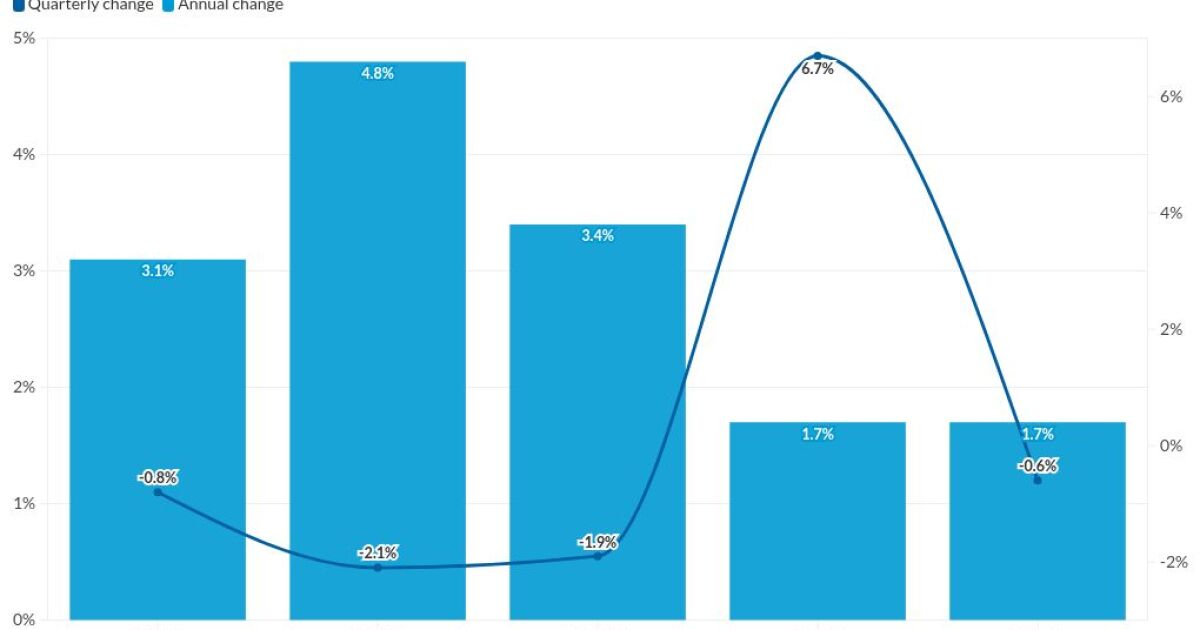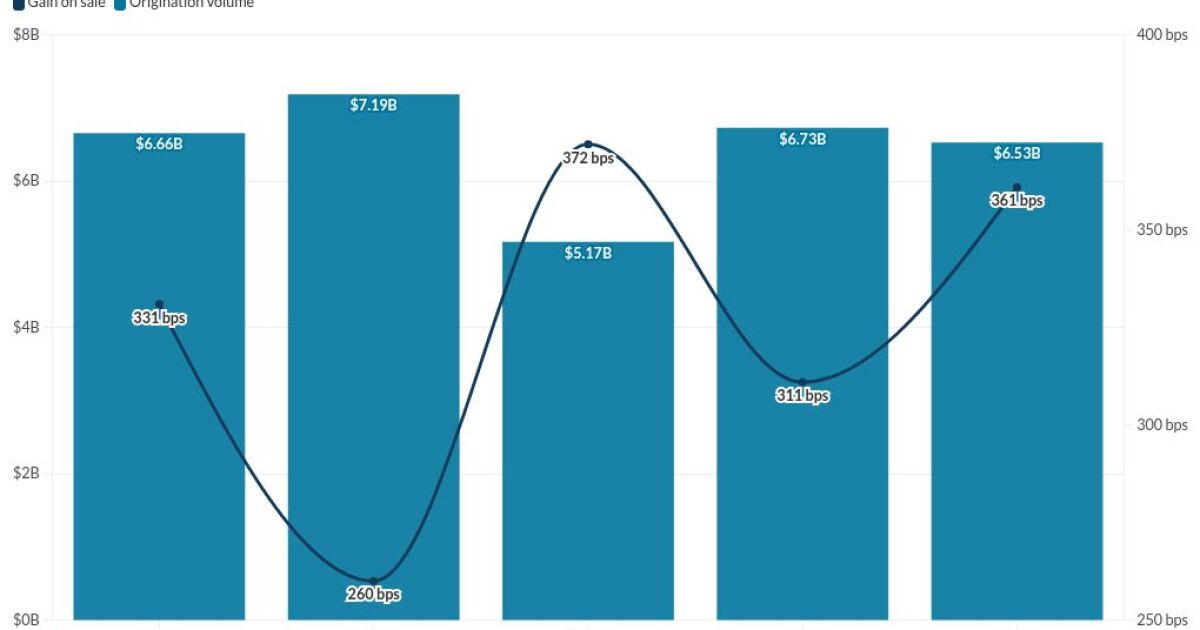
The Federal Reserve signaled it will reduce its massive bond holdings at a maximum pace of $95 billion a month, further tightening credit across the economy as the central bank raises interest rates to cool the hottest inflation in four decades.
Minutes of their March meeting released Wednesday also showed that “many” officials viewed one or more half-percentage-point rate increases could be appropriate going forward if price pressures fail to moderate.
They proposed shrinking the Fed’s balance sheet at a maximum monthly pace of $60 billion in Treasuries and $35 billion in mortgage-backed securities, which compares with the peak rate of $50 billion a month the last time the Fed trimmed its balance sheet from 2017 to 2019.
“Participants generally agreed that monthly caps of about $60 billion for Treasury securities and about $35 billion for agency MBS would likely be appropriate,” the Fed said in minutes of the March 15-16 Federal Open Market Committee meeting. “Participants also generally agreed that the caps could be phased in over a period of three months or modestly longer if market conditions warrant.”
May Meeting
The FOMC is expected to approve the balance-sheet reduction at its next gathering May 3-4. The roadmap for shrinking the balance sheet came via a staff presentation to officials.
“Participants agreed they had made substantial progress on the plan and that the Committee was well placed to begin the process of reducing the size of the balance sheet as early as after the conclusion of its upcoming meeting in May,” the minutes showed.
Long-term Treasury yields oscillated, with the gap between 2- and 10-year yields extending a steepening move on the day. Meanwhile the S&P 500 index pared losses.
The move to reduce the balance sheet will extend a sharp pivot toward fighting inflation, as the Fed was buying bonds as recently as last month as it attempted a smooth wind-down of pandemic support.
U.S. central bankers raised interest rates by a quarter percentage point at the March meeting, lifting them from near zero where they had been held since March 2020 as the pandemic spread. They signaled a further six such moves this year to cool the hottest inflation in four decades. Shrinking the size of their balance sheet, which ballooned to $8.9 trillion as they aggressively bought bonds to shield the economy from Covid-19, will also help to tighten financial conditions.
Ukraine Invasion
“Many participants noted that — with inflation well above the Committee’s objective, inflationary risks to the upside, and the federal funds rate well below participants’ estimates of its longer-run level — they would have preferred a 50 basis point increase in the target range for the federal funds rate at this meeting,” the minutes said. “However, that, in light of greater near-term uncertainty associated with Russia’s invasion of Ukraine, they judged that a 25 basis point increase would be appropriate at this meeting.”
Policy makers since then have said they could move more rapidly on policy, after Russian’s invasion of Ukraine sent food and energy prices soaring, with Chair Jerome Powell declaring that a half-point increase was on the table if needed for their May 3-4 policy meeting.
Investors have priced in the possibility of more than seven rate increases in 2022 as inflation pressures spread, and see a high chance the Fed will raise rates by a half point next month. The total hikes for all of 2022 edged lower, though with still over eight quarter point hikes priced in.
The consumer price index soared 7.9% in February, the most since 1982. The Fed’s 2% inflation target is based on a separate measure, the personal consumption expenditures price index, which rose 6.4% in the 12 months through February. meanwhile, U.S. labor markets remain strong with the unemployment rate dipping to 3.6% last month as employers added 431,000 jobs.



